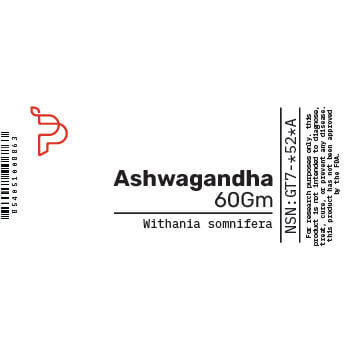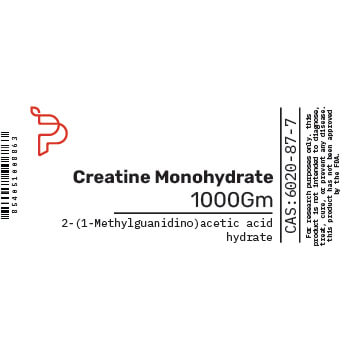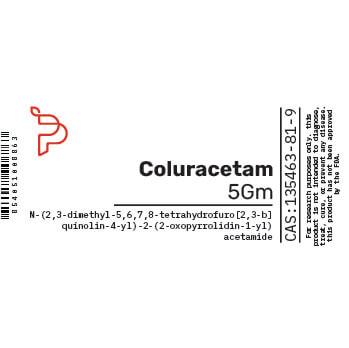Creatine is a supplement that has steadily increased in popularity over the past decade. Normally taken in powder form, this nutritional supplement is popular among performance-minded athletes and bodybuilders alike.
What is Creatine?
Creatine is an amino acid that is stored in the body’s muscles as well as the brain. Most people get creatine through meat consumption. The body can also produce it from the liver, pancreas, and kidneys.
The body converts creatine to phosphocreatine. This compound is then stored in the muscles to be used later for energy. Creatine is required by the body for short, intense bursts of energy.
Creatine Uses
While primarily used as a sports nutrition supplement, creatine is also used for individuals who do not produce creatine on their own as well as an anti-ageing supplement for the skin. It can also be used medically for patients with neuromuscular disorders, although current research is unclear on the benefits of creatine in this regard.
Creatine Benefits
Boost’s the Body’s Energy Production
By increasing phosphocreatine stores, creatine helps form new ATP, the basic molecule that your cells use for energy production. As ATP is broken down to produce energy, your body needs more of it as you participate in rigorous exercise.
Can Aid Muscle Growth
By providing more of a key nutrient related to muscle growth (as well as allowing athletes to perform at a higher level in the gym), creatine can greatly aid muscle growth.
Can Increase Brain Function
Your brain uses ATP to perform strenuous cognitive tasks. Supplementing creatine can allow for improvement in mental performance and clarity, especially in those who don’t receive enough creatine from sources like red meat and fish.
Creatine Side Effects
When taken at the recommended dosage, creatine has generally found to be safe. Some potential side effects include stomach pain, nausea, diarrhoea, and muscle cramping. These side effects can be curbed or negated entirely by adequate hydration. Some creatine users experience weight gain in a short period of time — mostly because creatine causes the body to hold water in the muscles for longer.
Creatine Dosage
Creatine can be taken at a steady dosage or with a loading phase. An example of a “loading phase” is taking 25 grams daily for around two weeks, followed by 4-5 grams daily for around a year. While the loading phase is popular among creatine users, it is not necessary to achieve the desired effects of creatine.
https://www.healthline.com/nutrition/10-benefits-of-creatine#section11
https://www.mayoclinic.org/drugs-supplements-creatine/art-20347591
https://www.webmd.com/vitamins/ai/ingredientmono-873/creatine










Reviews
There are no reviews yet.